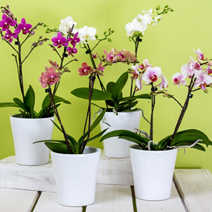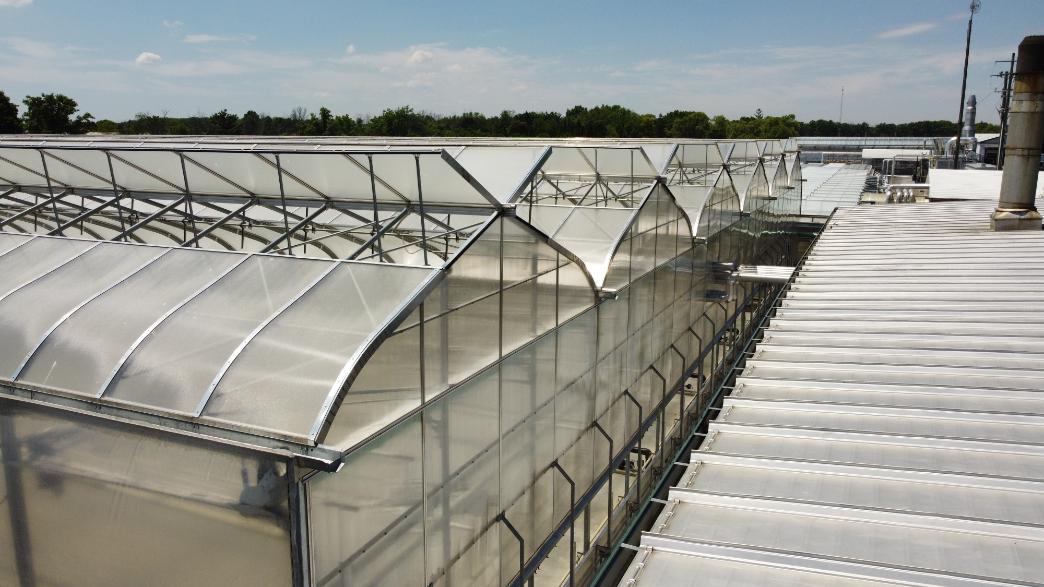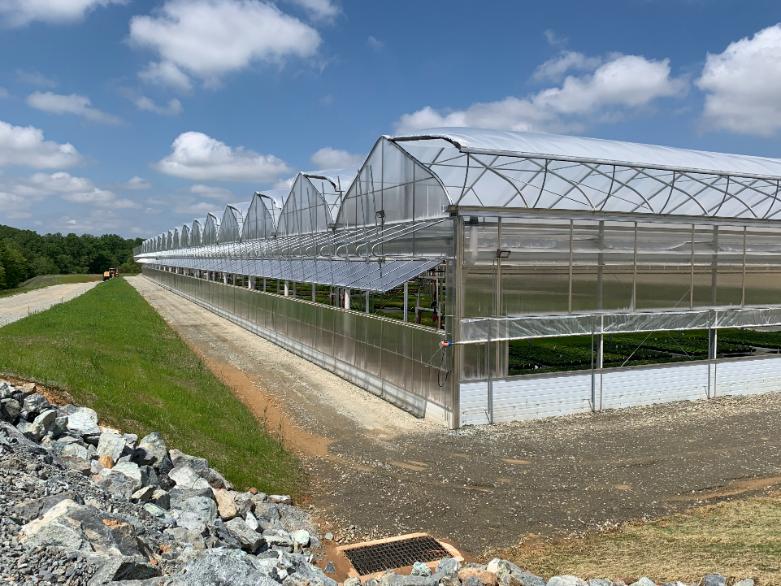Maximizing Heating System Efficiency in your Commercial Greenhouse
As we head into October, the cooler days signify that the heating season is here. Heating your greenhouse is a necessary reality for commercial greenhouse heating to maintain an ideal climate for their crops, but with energy prices on the rise, warming the greenhouse can be a costly endeavor. Growers must ensure they're getting the most out of their heating system and often maintaining efficiency involves simple heating system maintenance. Here is a quick checklist to maximize the efficiency of your greenhouse heating system with effective greenhouse solutions:
Pipe Insulation
A substantial amount of fuel is wasted annually from bare heating system pipes in areas where heat is usually needed the most. In many cases, the main pipe lines from the boiler in the boiler rooms are not properly insulated, resulting in unnecessary heat loss. If your pipes are not insulated it could mean that valuable heat is being wasted in your boiler room instead of in the greenhouse where it is far more valuable. We recommend checking all of your heating pipes and insulating the areas that are warming areas up that do not require as much heat. Most growers are surprised by how much unnecessary heat is being wasted from pipes that should be insulated, wasting valuable energy and money. Proper heating system maintenance and insulation are crucial greenhouse solutions to optimize commercial greenhouse heating.
Pump and Valve Check
Get ahead of leaky pumps and valves during heating season by visually inspecting all of the pumps and valves in your hydronic heating system. Leaks from your pumps and valves also means money lost from your heating system. Hot water seeping from a pump can often be fixed with a simple gasket; if a valve is leaking it may mean that the bolts on the flanges require tightening. While conducting your visual inspection, pay attention to any sounds they make. If a pump sounds different, it could be a bearing issue which will compromise the efficiency of your pump. Leaks from pumps and valves are not uncommon but it’s important for those problems to be fixed so that money and energy are not being wasted. Regular heating system maintenance is essential to ensure your commercial greenhouse heating remains efficient and effective.
Review your Climate Control Settings
To take full advantage of the efficiencies afforded by a climate control system, adjustments should be made seasonally. Be aware of sunset times and the measures you can take internally to compensate for sudden drops in temperature. Can boiler temperatures be adjusted to eliminate constant cycling? Can shading be closed earlier to compensate for the temperature drop that typically accompanies the winter sunset times? Often these small adjustments that get overlooked play a key role in major energy savings. The key is to initiate these adjustments before your heating system is working overtime. Your heating system could be the most efficient in the industry, but energy efficiency will be wasted if you are not proactive in adjusting your controls along with the changing seasons. Proper heating system maintenance is crucial for maintaining efficiency in your commercial greenhouse.
Sensor and Gauge Testing
Too often growers waste time investigating climate control issues when the problem could have been easily solved by testing the accuracy of a gauge or sensor. Gauges and sensors will fail occasionally over time and will need to be replaced. In most areas where a gauge is present, so will be a sensor and by comparing what the sensor is recording to the gauge it can be easily determined if one is reading false. Determining which is faulty is simple; have a new gauge on hand and replace the old one. If the new gauge reads differently, then it is the gauge. If there is no change, then the sensor needs to be replaced. Checking the accuracy of these devices before starting the heating system can save valuable energy in colder weather. This is a key aspect of heating system maintenance for commercial greenhouse heating.
Annual Burner and Boiler Checkup
A thorough cleaning and adjustment of the burner can increase efficiency. The most important adjustment is the air supply setting. Too little air results in incomplete combustion whereas too much air carries some heat up the chimney. Having a qualified technician check on all of the burners and boilers in your greenhouse operation is essential in maintaining system efficiency. A visit during the summer months is ideal since the boilers will likely need to be shut off while they’re being serviced. The cost of this service is minimal compared to the savings a properly maintained burner and boiler will provide during the cold winter season. These greenhouse solutions ensure your heating system is running optimally.
Keeping a Clutter-Free Boiler Room
A cluttered boiler room obstructs the circulation of air, which will have detrimental effects on both proper burner combustion and the ventilation for cooling of equipment, in addition to posing a fire hazard. Obstructions placed in front of the combustion air openings restrict the free flow of air into the boiler room and may cause the burner to not get enough air for proper combustion. When this happens, it will begin to produce soot and carbon monoxide (CO). Remember, the boiler room is for the boiler and should never be used for storage. Additionally, if a technician or maintenance person has to move through clutter in your boiler room, not only is it dangerous but it adds valuable time to routine heating system maintenance, which can add up in bills. Take time on a regular basis to make sure all heating components in a boiler room are easily accessible, ensuring effective commercial greenhouse heating.
Checking Steam Valves
Problems with steam systems may not always be immediately apparent because the equipment may continue to function although impaired. Some issues may result in premature equipment failure, but it might not be obvious what caused the failure. For this reason, two-way valves in a steam system should be checked manually on an annual basis. Valves will fail due to wear, corrosion, dirt, contaminants stuck in the valve seat, and because of underuse. The only way to determine the state of the valve is to remove it from the system and determine visually if it is working properly unless it is obviously leaking. A zone valve that is stuck closed can mean that heat cannot get to that zone in the greenhouse, but unfortunately, this would not be evident until the zone is calling for heat. To avoid stuck or seized valves, ensuring the valves are working when needed, develop a routine of manually cycling in the off-season. Be sure to complete your valve inspection prior to when you will need heat in your greenhouses, as part of your comprehensive greenhouse solutions.







